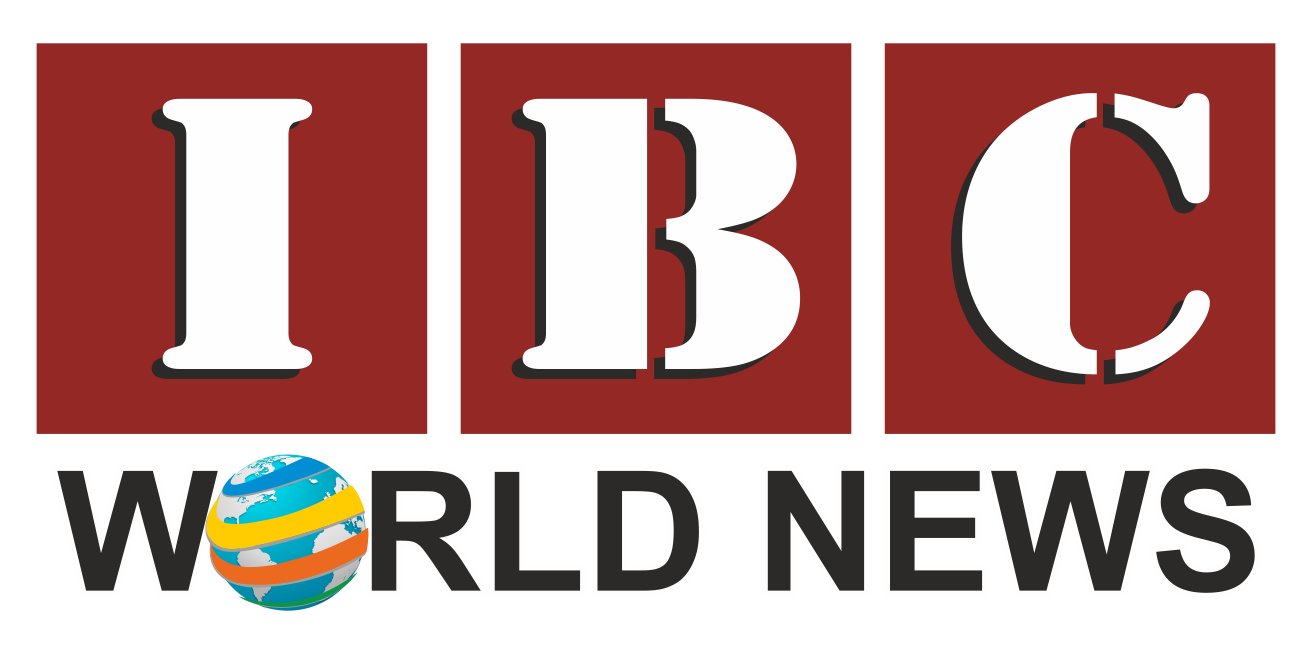Nepal has revised its Upper Mustang entry fee structure to attract more foreign tourists and support local demands.
Kathmandu
Nepal has decided to ease the longstanding entry fee rules for foreigners visiting Upper Mustang, a picturesque yet geopolitically sensitive region in the country’s west. The move follows years of requests from local communities and tourism entrepreneurs seeking to make the restricted Himalayan zone more accessible to international travellers. Upper Mustang lies close to the Nepal–China border and has been tightly regulated for decades due to its strategic significance.
In a recent cabinet meeting, the government agreed to remove the earlier flat fee of US$ 500 per person for a mandatory 10-day visit. Under the revised structure, visitors will now pay US$ 50 per person per day, or an equivalent amount in foreign currency. Officials said the change ensures that tourists staying for shorter durations are not compelled to pay disproportionately high fees, making visits more flexible and affordable.
Home Ministry spokesperson Ananda Kafle confirmed that the revision was made to align the fee with the actual number of days spent in the region. He noted that the decision aims to boost tourist inflow and stimulate local economies that rely heavily on trekking and cultural tourism. Local people and tourism entrepreneurs had been urging us to relax the rule so that more foreign tourists could be attracted to the area, Kafle said.
Upper Mustang has been one of Nepal’s most restricted regions since the 1970s, when Tibetan Khampa fighters used it as a base for armed operations against China. The insurgency, reportedly backed by the CIA, was later dismantled by the Nepal Army following repeated objections from Beijing. Today, Upper Mustang remains one of 15 restricted zones across districts such as Taplejung, Solukhumbu, Dolakha, Gorkha, Manang, Dolpa, Humla and Darchula, where foreigners must obtain special permits.



